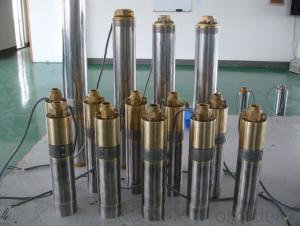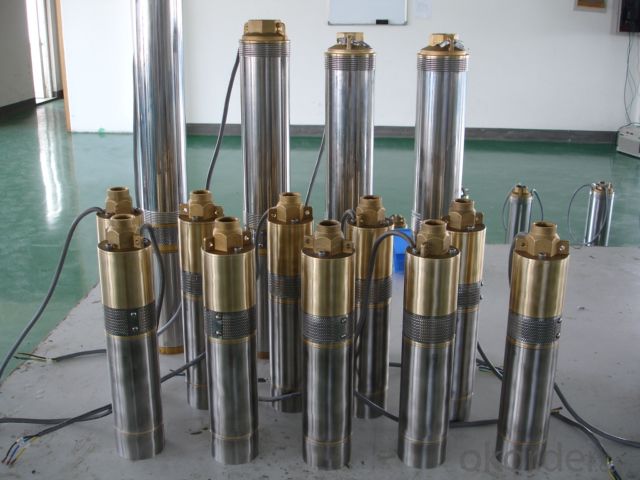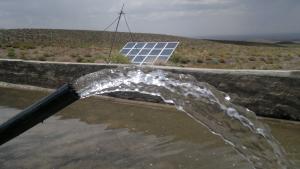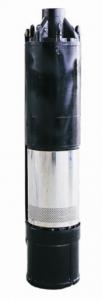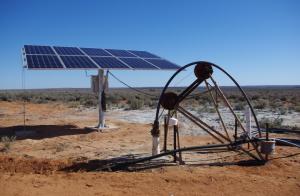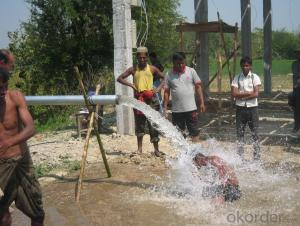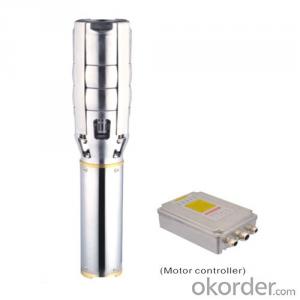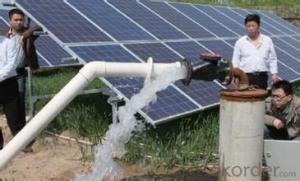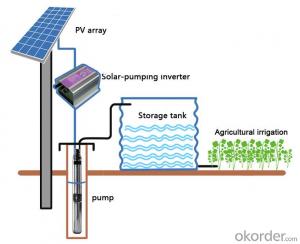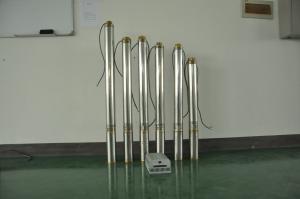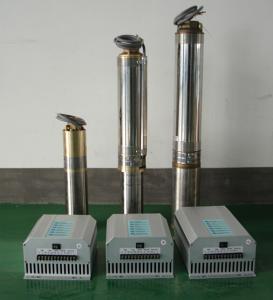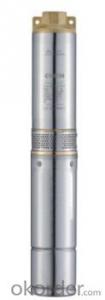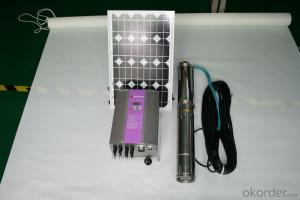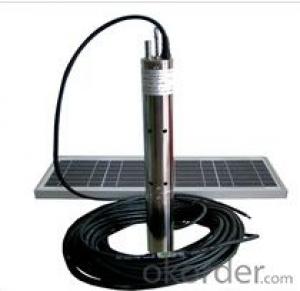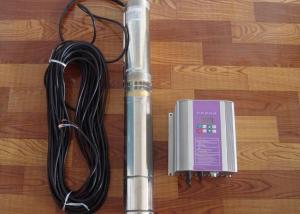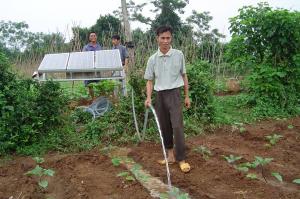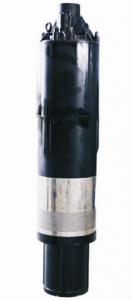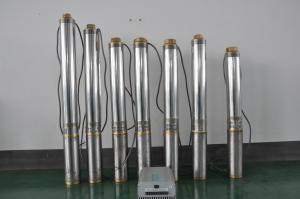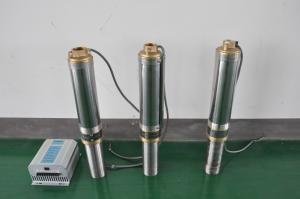Best Solar Brushless Water Pump for Bird Bath
- Loading Port:
- Shanghai
- Payment Terms:
- TT OR LC
- Min Order Qty:
- -
- Supply Capability:
- 300 set/month
OKorder Service Pledge
Quality Product, Order Online Tracking, Timely Delivery
OKorder Financial Service
Credit Rating, Credit Services, Credit Purchasing
You Might Also Like
how is the rotor made:
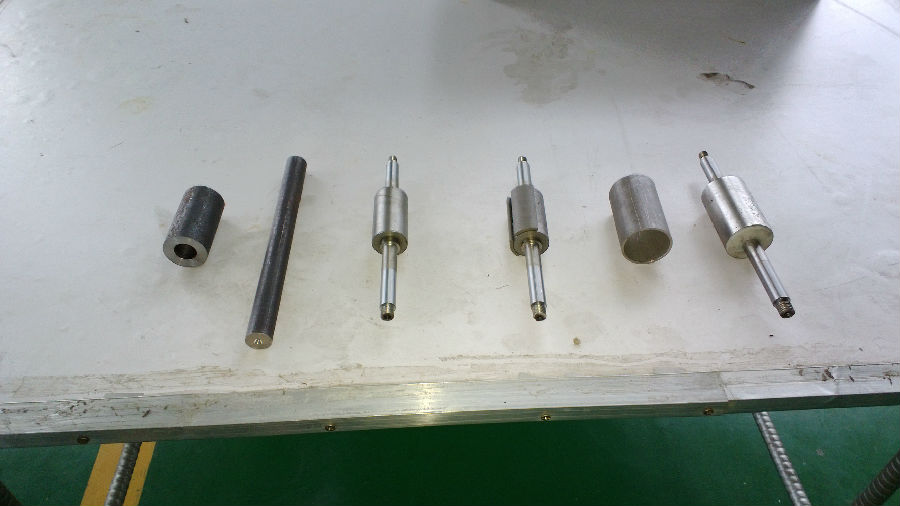
how is the motor made:
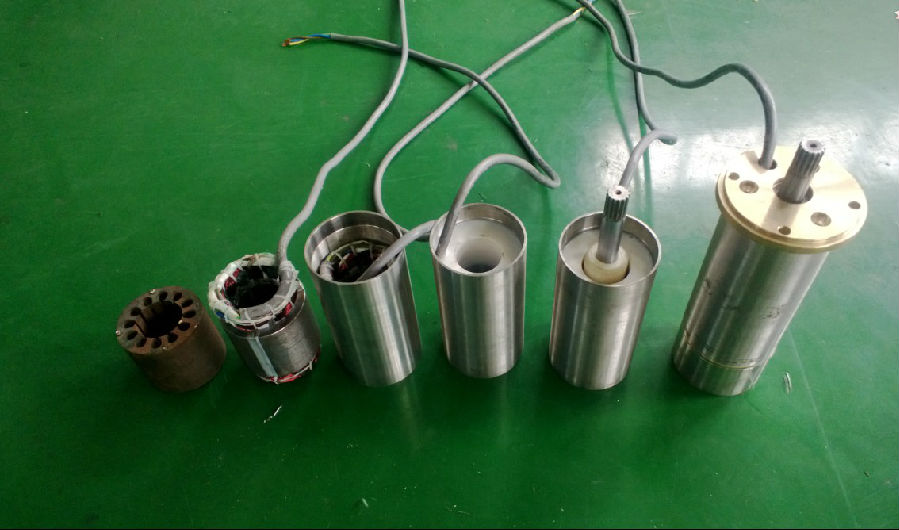
the pump :
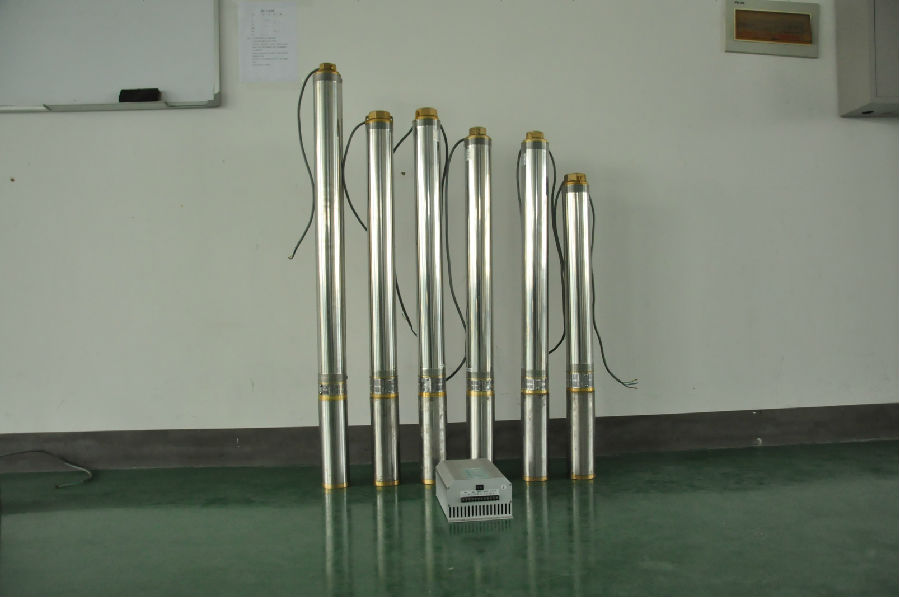
controller terminal connection:
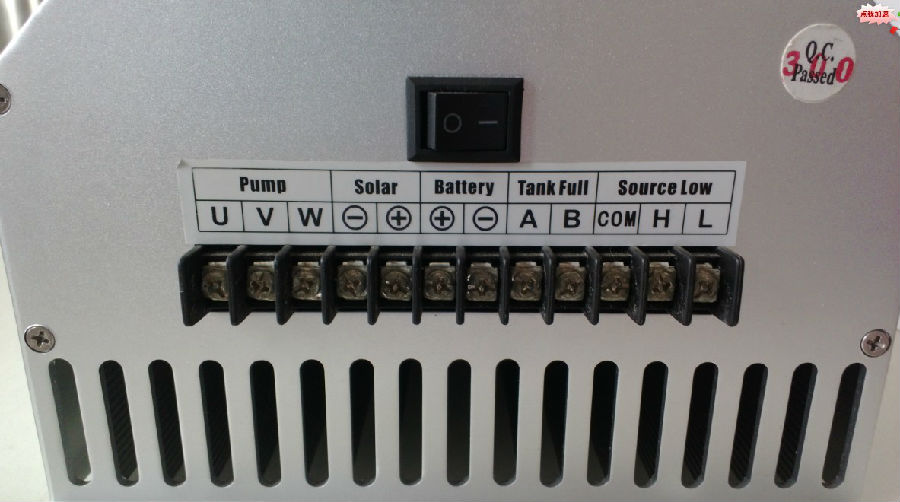
The permanent magnet:
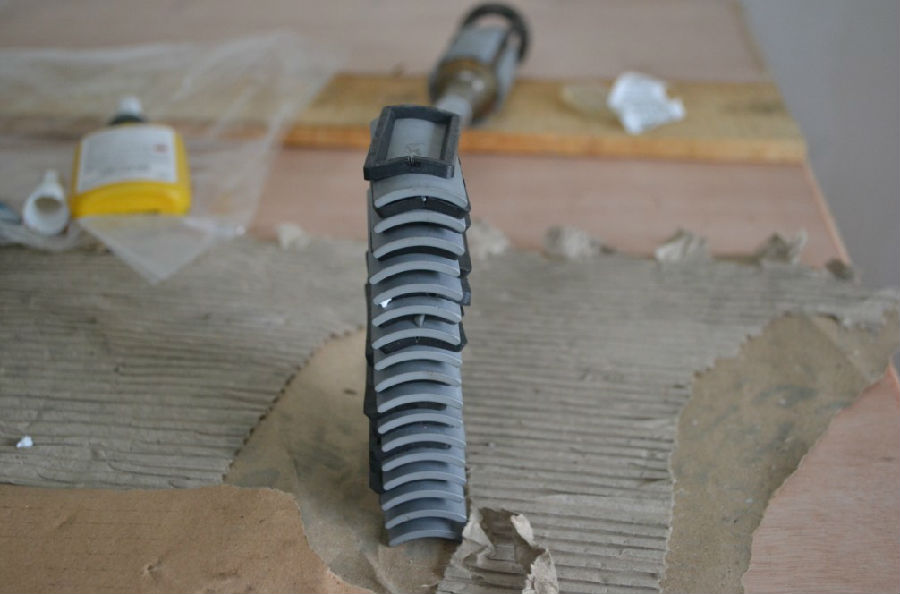
the impeller:
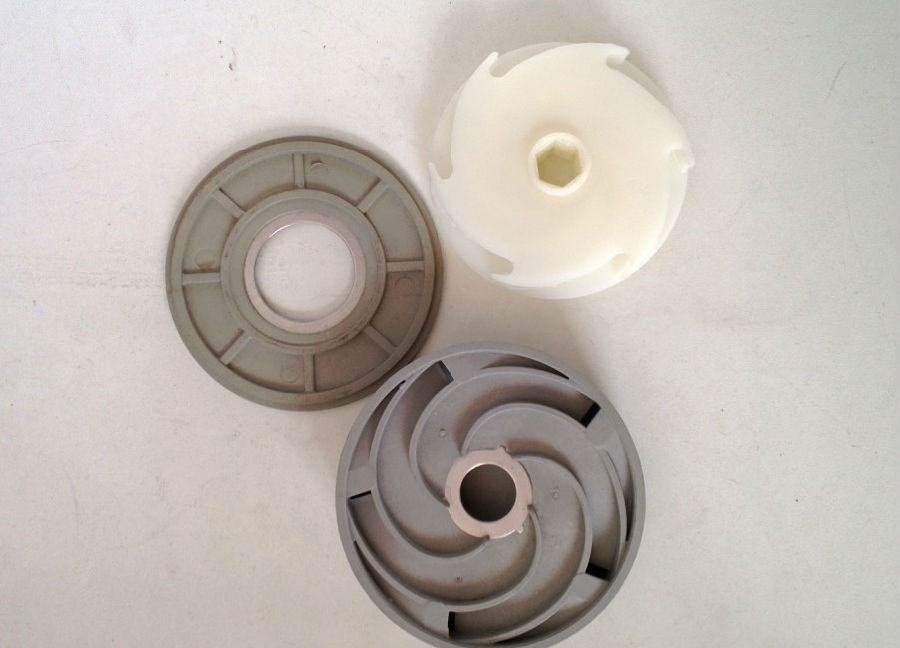
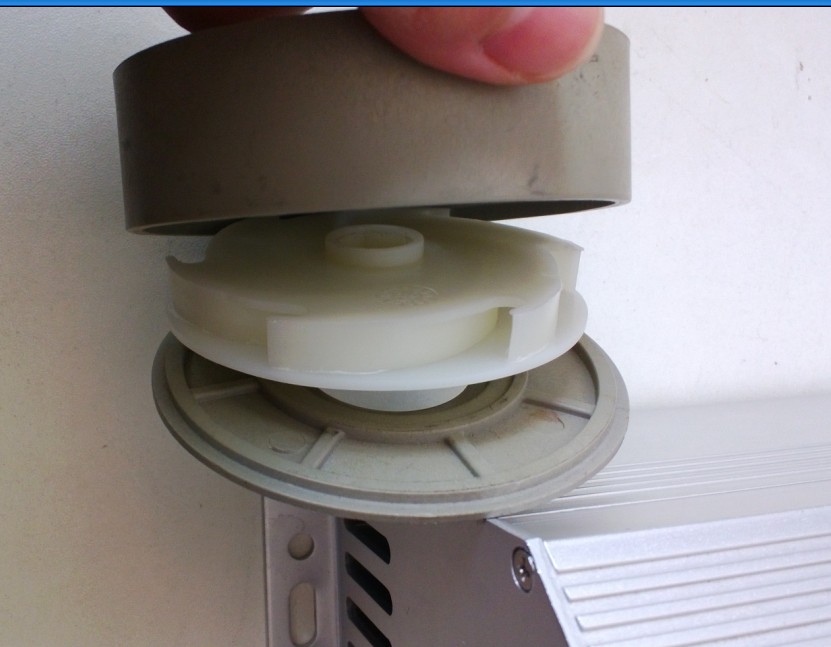
controller box:
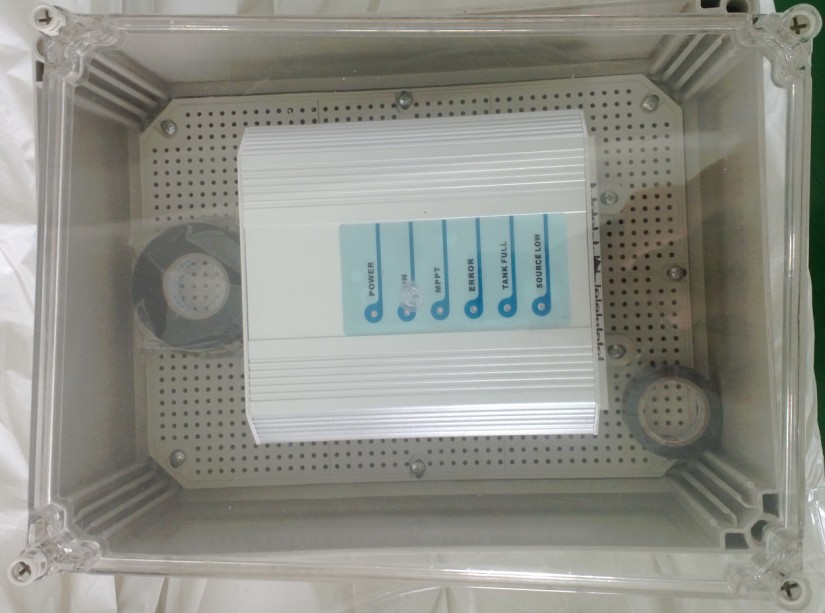
the senors:

the test:
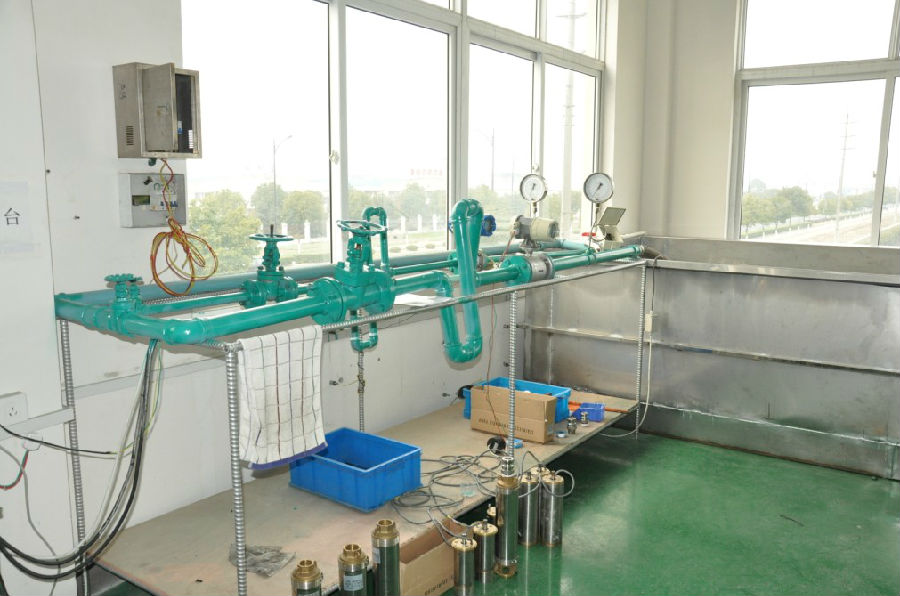
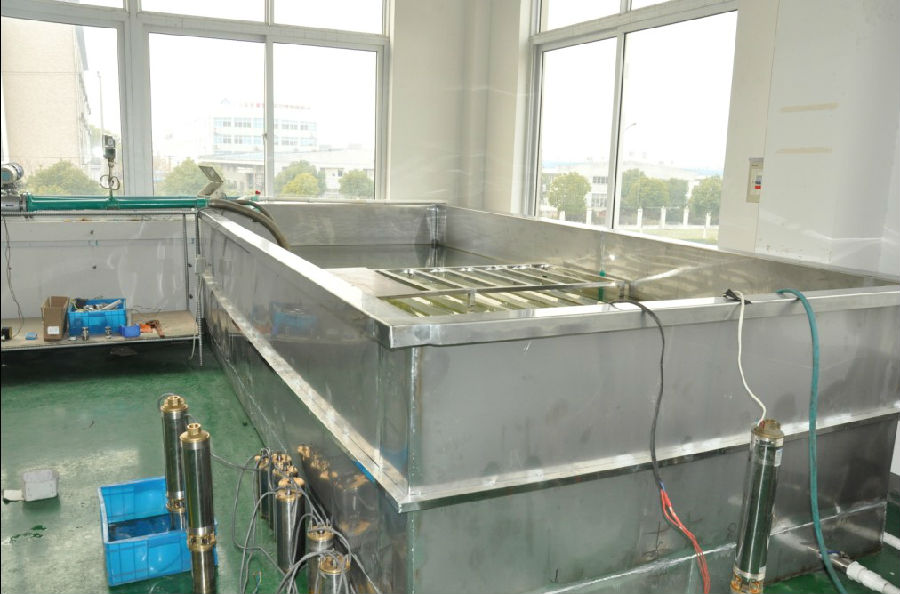
the application:
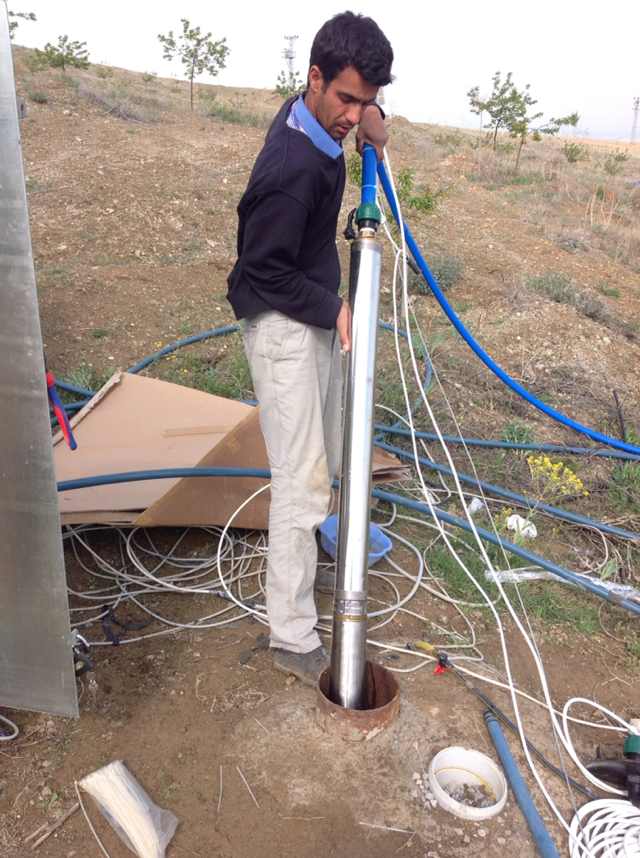
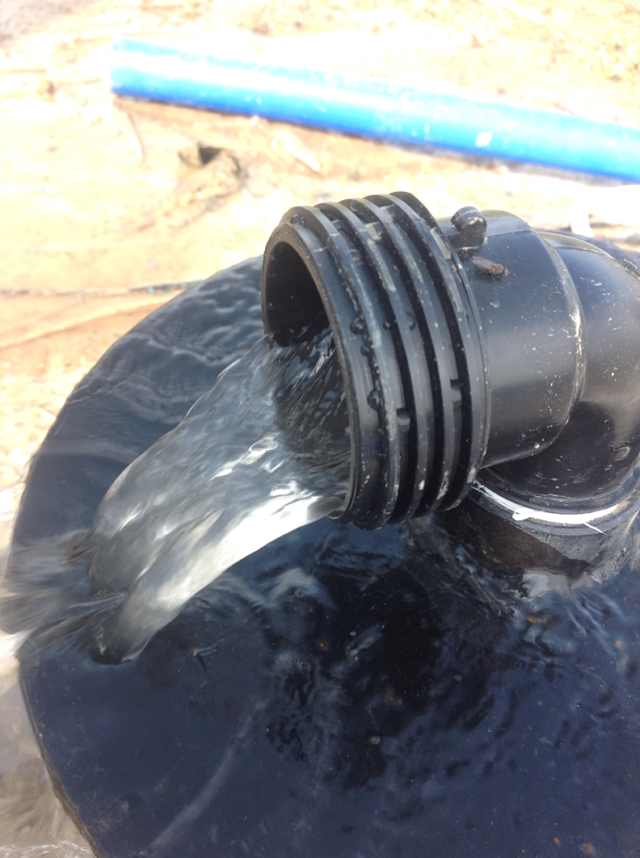
the package:
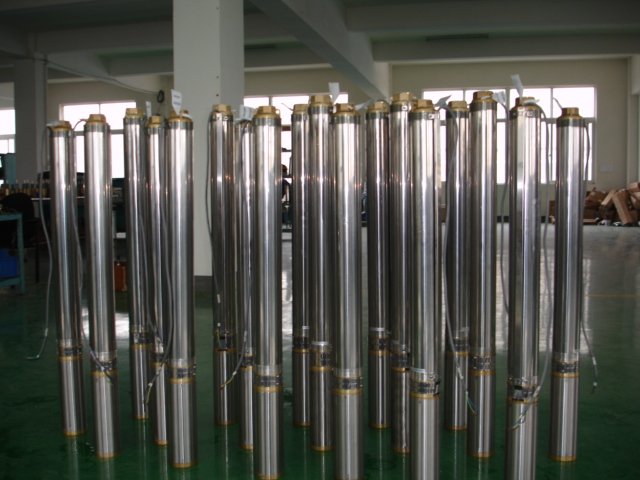
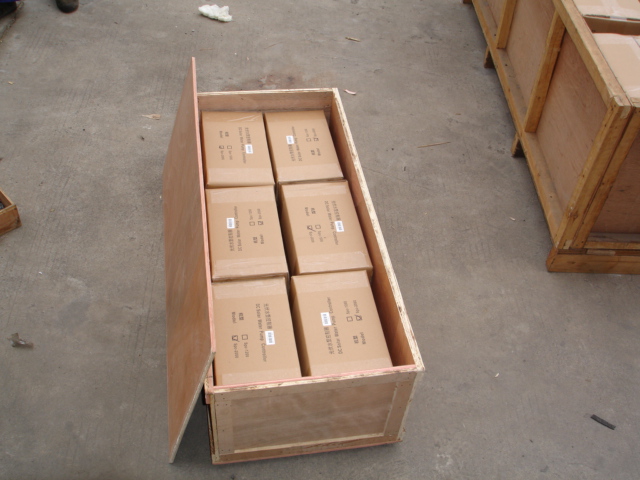
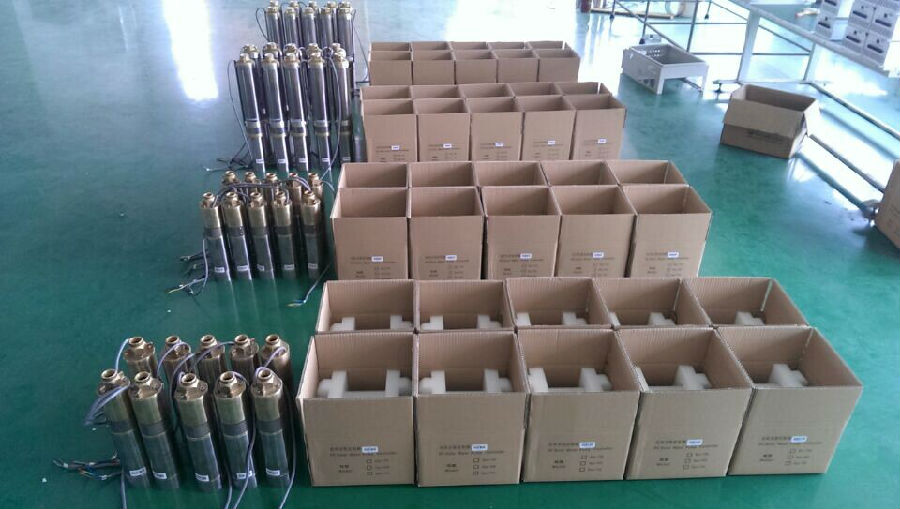

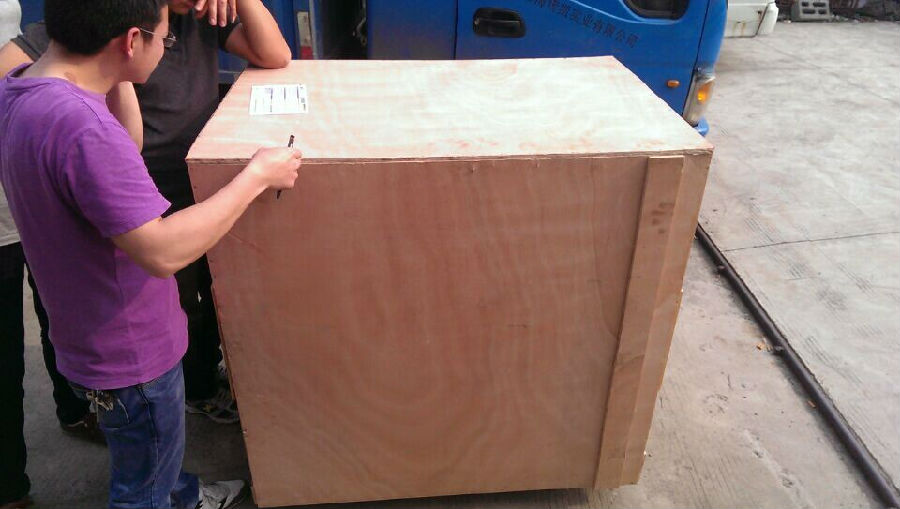
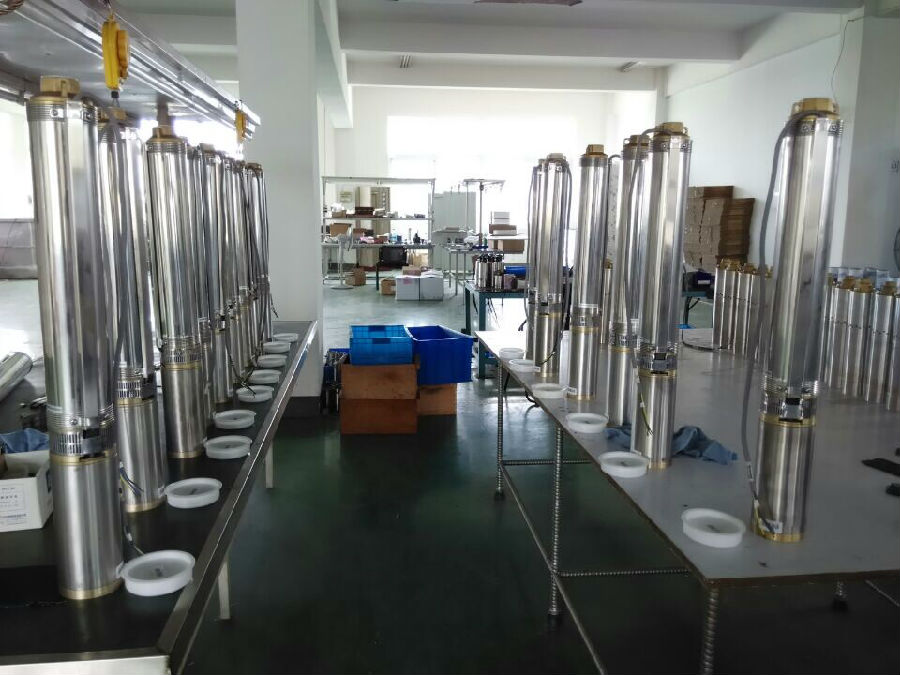
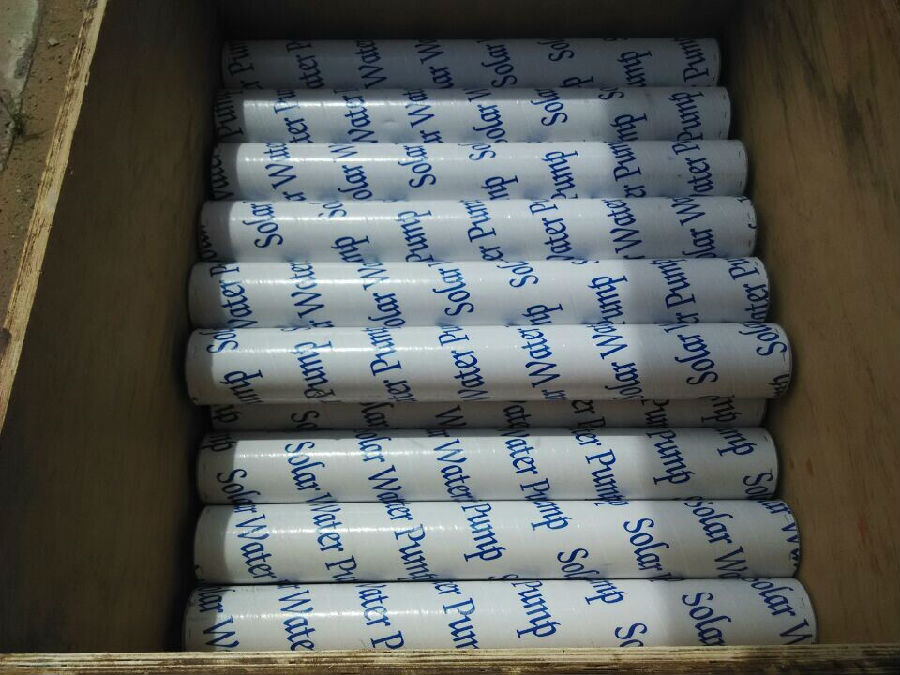
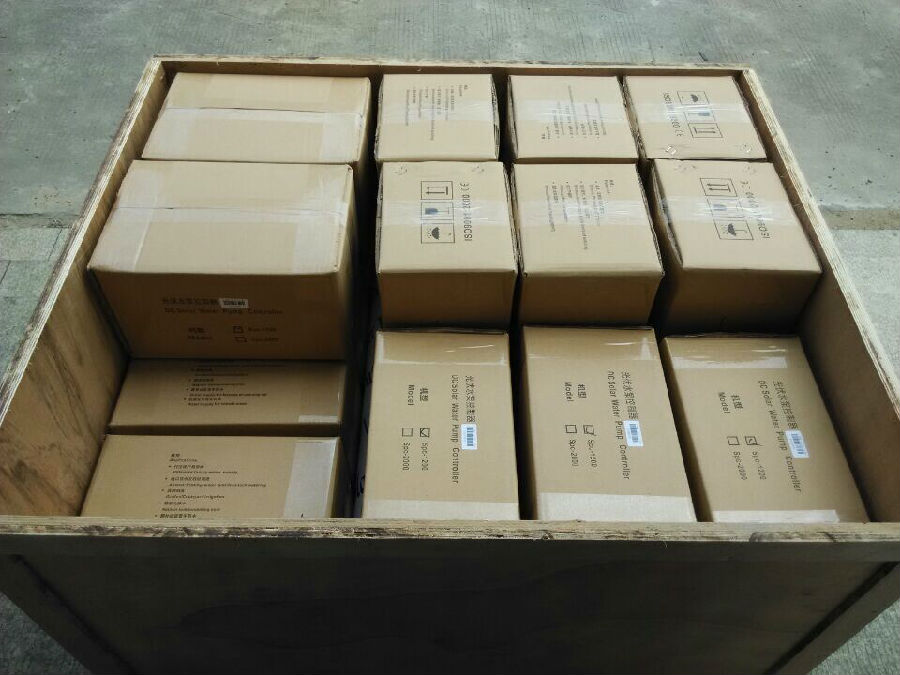
- Q: Can a solar pump be used for firefighting purposes?
- Yes, a solar pump can be used for firefighting purposes. Solar pumps are capable of providing water pressure and flow required for firefighting operations, making them a suitable and sustainable alternative to traditional pumps. They can be deployed in remote areas where electricity supply is limited, as they rely on solar energy to function. Additionally, solar pumps are eco-friendly and cost-effective in the long run, as they eliminate fuel costs and reduce carbon emissions.
- Q: How does the temperature affect the performance of a solar pump system?
- The performance of a solar pump system is significantly impacted by temperature. When temperatures rise, the efficiency and performance of the system can be reduced. To begin with, as the temperature increases, the efficiency of the solar panels, which convert sunlight into electricity, decreases. This is because the materials used in solar panels are sensitive to temperature fluctuations. The rise in temperature leads to an increase in the resistance of these materials, resulting in a decrease in electrical output. As a result, the solar panels may not be able to generate the same amount of energy during hot weather compared to cooler temperatures, ultimately leading to a decline in the overall performance of the system. Additionally, the temperature has an impact on the performance of the pump itself. Solar pumps rely on the energy produced by the solar panels to power the motor and pump water. Higher temperatures can cause the motor to overheat, decreasing its efficiency and potentially causing it to break down. In severe cases, the motor may completely shut down as a preventive measure against damage. Moreover, the elevated temperature of the water being pumped can also reduce the pump's performance, as it requires more energy to move warmer water compared to cooler water. Lastly, the temperature affects the efficiency of the water being pumped. Higher temperatures can lead to increased evaporation of the water, resulting in a decrease in the overall water level and potentially causing the pump to run dry. Additionally, warmer water tends to contain more impurities and sediment, leading to clogging and a reduction in the pump's effectiveness. In summary, temperature plays a crucial role in the performance of a solar pump system. High temperatures can decrease the efficiency of the solar panels, cause the motor to overheat, reduce the pump's performance, and impact the quality of the water being pumped. Therefore, it is important to consider and manage temperature conditions when designing and operating a solar pump system to ensure optimal performance and longevity.
- Q: What is the maximum suction lift a solar pump can achieve?
- The maximum suction lift that a solar pump can achieve depends on various factors such as the specific model and capacity of the pump, the quality and condition of the pump components, and the elevation difference between the water source and the pump. While there is no fixed maximum suction lift that applies to all solar pumps, most solar-powered pumps can achieve suction lifts between 6 to 9 meters (20 to 30 feet). However, it is important to note that the efficiency and performance of the pump may decrease as the suction lift increases. To ensure optimal performance and longevity of the solar pump, it is recommended to consult the manufacturer's specifications and guidelines regarding the maximum suction lift for a particular model. Additionally, factors such as pipe diameter, elevation changes, and the presence of any obstructions in the water source should be taken into consideration when determining the maximum suction lift for a solar pump.
- Q: How does the water quality affect the performance of a solar pump?
- The water quality can significantly impact the performance of a solar pump. Poor water quality, such as high levels of sediment, minerals, or contaminants, can cause clogging and damage to the pump's components, leading to reduced efficiency and decreased lifespan. Additionally, certain water quality issues like high salinity or acidity can corrode the pump's materials, further affecting its performance. Therefore, maintaining good water quality is crucial to ensure optimal functioning and longevity of a solar pump.
- Q: Are there any limitations to the flow rate of a solar pump?
- Yes, there are limitations to the flow rate of a solar pump. The flow rate of a solar pump is dependent on factors such as the size and capacity of the pump, the power output of the solar panel, the intensity of sunlight, and the depth and source of water. These factors can affect the efficiency of the pump and limit its maximum flow rate.
- Q: Can a solar pump be used for frost protection in agricultural fields?
- Indeed, frost protection in agricultural fields can be achieved by utilizing a solar pump. Solar pumps have proven to be a successful and eco-friendly option for various agricultural purposes, including safeguarding crops from frost. These pumps utilize solar energy to power the water circulation system, which effectively prevents frost damage to crops. During cold weather spells, farmers can employ a solar pump to distribute water across their agricultural fields. This water can be sprayed onto the crops or administered through a drip irrigation system, creating a protective layer of ice that serves as insulation against freezing temperatures. The formation of ice releases latent heat, thereby maintaining a favorable temperature around the crops and preventing frost-related harm. Solar pumps are especially advantageous in remote agricultural regions where access to electricity may be limited or unreliable. They operate independently of the power grid, relying solely on solar energy for their functionality. Consequently, solar pumps offer a cost-effective and sustainable solution for frost protection by reducing reliance on traditional energy sources and minimizing operational expenses. Furthermore, solar pumps typically require minimal maintenance and boast a long lifespan. This durability ensures that farmers have a dependable and long-lasting solution for protecting their crops from frost in agricultural fields. Additionally, integrating solar pumps into existing irrigation systems is an uncomplicated process, enabling seamless integration and efficient water distribution. In summary, a solar pump serves as an effective means of frost protection in agricultural fields. It offers farmers a sustainable, cost-effective, and reliable solution to shield their crops against freezing temperatures.
- Q: Can a solar pump be used for residential purposes?
- Yes, a solar pump can indeed be used for residential purposes. Solar pumps are commonly used in residential settings for various applications such as supplying water for irrigation, livestock, or even domestic use. They are environmentally friendly, cost-effective, and can provide a reliable source of water using solar energy.
- Q: How long does it take to recharge the batteries in a solar pump system?
- The charging time for batteries in a solar pump system can differ based on various factors. These factors include the size and capacity of the batteries, the amount of available sunlight, and the efficiency of the solar panels. Typically, it takes several hours to fully recharge the batteries in a solar pump system. However, this duration can vary depending on the specific circumstances. For instance, if the solar panels receive direct sunlight throughout most of the day, the batteries may recharge more rapidly. Conversely, if the solar panels are partially shaded or if there is limited sunlight, the charging time may be extended. Moreover, the size and capacity of the batteries influence the charging time. Larger batteries with higher capacities will require more time to recharge compared to smaller ones. It is crucial to consider the battery size and capacity when designing the solar pump system to ensure that it can fulfill the required demand while allowing sufficient time for recharging. Lastly, the charging time is also affected by the efficiency of the solar panels. Solar panels with higher efficiency will convert more sunlight into electricity, resulting in faster battery charging. Therefore, investing in high-quality and efficient solar panels can help reduce the charging time of the batteries in a solar pump system. Overall, the charging time for batteries in a solar pump system can range from a few hours to an entire day, depending on the aforementioned factors. It is essential to consider these factors and design the system accordingly to ensure that the batteries have enough time to recharge and provide uninterrupted power for the pump.
- Q: Can a solar pump be used in areas with limited access to water allocation?
- Yes, a solar pump can be used in areas with limited access to water allocation. Solar pumps are a sustainable and cost-effective solution for pumping water in remote areas where conventional electricity and water supply systems are limited. By harnessing energy from the sun, solar pumps can provide a reliable and independent water supply, helping to meet the water needs of communities in water-scarce regions.
- Q: Are there any specific certifications or standards for solar pumps?
- Yes, there are specific certifications and standards for solar pumps. Some commonly recognized certifications and standards include the International Electrotechnical Commission (IEC) 61215 and 61730 for solar photovoltaic modules, the National Electrical Code (NEC) 690.5 for solar pumping systems, and the Solar Rating and Certification Corporation (SRCC) for solar thermal collectors. These certifications and standards ensure the quality, safety, and reliability of solar pumps in various applications.
Send your message to us
Best Solar Brushless Water Pump for Bird Bath
- Loading Port:
- Shanghai
- Payment Terms:
- TT OR LC
- Min Order Qty:
- -
- Supply Capability:
- 300 set/month
OKorder Service Pledge
Quality Product, Order Online Tracking, Timely Delivery
OKorder Financial Service
Credit Rating, Credit Services, Credit Purchasing
Similar products
Hot products
Hot Searches
Related keywords
